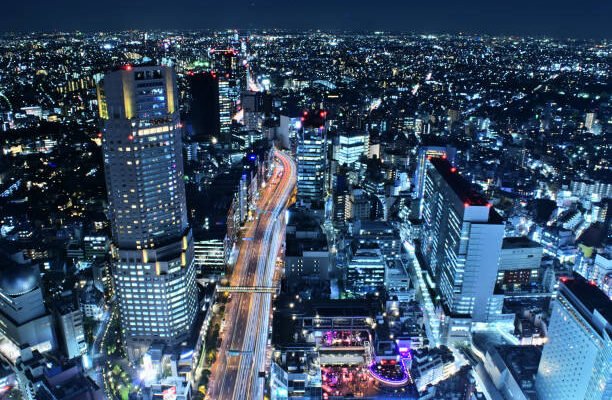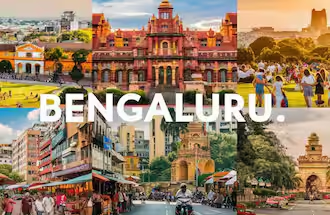Tokyo is widely known for its towering skyscrapers, fast-paced lifestyle, and modern innovations. However, beneath the surface of this dynamic metropolis lies a deep connection to Japan’s cultural roots. For travelers interested in authentic traditions, the question often arises: can you truly experience traditional Japan without leaving Tokyo? The answer is a resounding yes. With the right approach and some careful planning, Tokyo offers numerous opportunities to explore its heritage. This is why any good Trip To Japan cultural guide should include the capital as more than just a modern attraction.
Historical Districts That Reflect the Old Ways
Tokyo may be a modern city, but it has carefully preserved pockets of the past. Districts such as Asakusa and Yanaka still carry the atmosphere of Edo-period Japan. Asakusa, home to the famous Senso-ji Temple, is a perfect starting point. Here, you can walk through Nakamise-dori, a historic shopping street filled with traditional snacks, crafts, and souvenirs.
Yanaka, often described as one of Tokyo’s most nostalgic neighborhoods, avoided the widespread destruction of World War II. It remains a quiet enclave where wooden houses, small temples, and narrow lanes offer a view of daily life as it once was. A visit to this area is often recommended in any detailed Trip To Japan cultural guide, especially for those looking to step back in time without leaving the city limits.
Traditional Cuisine in the Heart of the City
Getting the experience of the traditional Japanese culture is also experiencing a dive into the Japanese food specialties. Even though Tokyo has the well-known sushi and ramen, the city does not lag behind its kaiseki restaurants, tea houses, and family-run places where you can try those recipes that have been passed on for generations. Kaiseki, the multi-course haute cuisine rooted in seasonal and regional ingredients, is a culinary exploration into Japanese aesthetics and philosophy.
Tea houses partaking in this century-long tradition of the Japanese tea ceremony continue to be present in Tokyo. These kinds of peaceful hideaways sometimes found inside cultural centers or gardens, are the places to get an intimate perspective on the principles of accuracy, hospitality, and simplicity. If you go by a Trip To Japan cultural guide, the first step to learning the heritage of the city would be to the traditional dining of Tokyo.
Cultural Experiences Without the Travel
What is remarkable about Tokyo is its possibility to explore the old in the modern city environment. The fact that the guests can participate in hands-on cultural workshops without going to the countryside is an added advantage. Whether it’s learning how to wear a kimono, practicing the art of ikebana (flower arrangement), or taking a calligraphy class, there are countless opportunities to immerse yourself in Japanese traditions right in the heart of the capital.
Apart from such activities, Tokyo’s cultural museums and centers are another way of bringing the tradition to life. Like the Edo-Tokyo Museum and the Shitamachi Museum that show how people once lived, dressed, and worked. A well-versed Trip To Japan cultural guide will have these institutions highlighted as they are the best sources of information for anyone interested in the country’s historical and social roots.
Temples, Shrines, and Urban Spirituality
One of the most remarkable points about Tokyo is how spiritual places are deeply entwined within the city. The ancient holy places such as shrines and temples lie within the shadows of towering offices and crowded roads. For instance, the peaceful Meiji Shrine hiding in the midst of the greenery offers an idyllic place to have a break from the maddening crowd of Shibuya.
For instance, the Kanda Myojin Shrine has been combining history and modern culture where the majority of the visitors are tech workers from Akihabara and couples asking for blessings. These temples are not only places for meditation but they are still places for festivals and rituals that are active. In the case of the Trip To Japan cultural guide, these places should also be included for a complete set of spiritual practices.
Seasonal Festivals and Time-Honored Celebrations
The different kinds of festivals which encompass traditional Japan are a great feature of the many events held in Tokyo each year. The Sanja Matsuri as a festival of Asakusa that involves the carrying of mikoshi (mini shrines) is a spectacular representation of the community spirit and history. The events are accompanied by the performance of music, traditional clothes, and they also feature ancient rituals that are inherited from the past generations.
For anyone with a Trip To Japan cultural guide, hanging your visit to these events is a very good strategy to observe the city of Tokyo’s efforts in the preservation of the cultural identity while at the same time being one of the most advanced cities on the planet.
The Harmony of Past and Present
The experiences that visitors get to participate in which are related to tradition, are usually associated with places such as Kyoto or the rural areas. But in fact, it is the Tokyo city that proves that to be traditional does not mean to be obsolete. Not being separated from the past, this big city with its long-established quarters, traditional food, places of worship, and an abundance of cultural experiences offers a great deal of heritage to be figured out.
Each complete Trip To Japan cultural guide should give the emphasis that even in the capital city it is possible to find a genuine place. It is possible to uncover the very core of traditional Japan right in the midst of the dynamic Tokyo cityscape if you learn to be curious and respectful.




